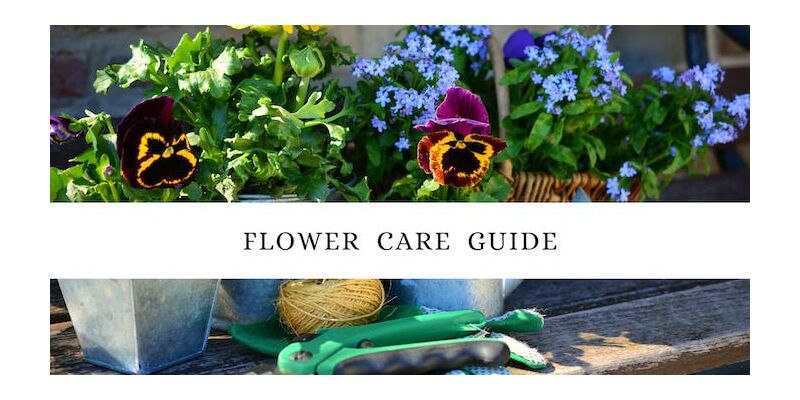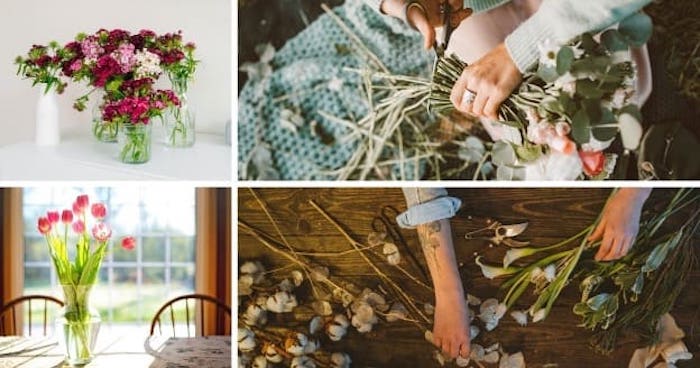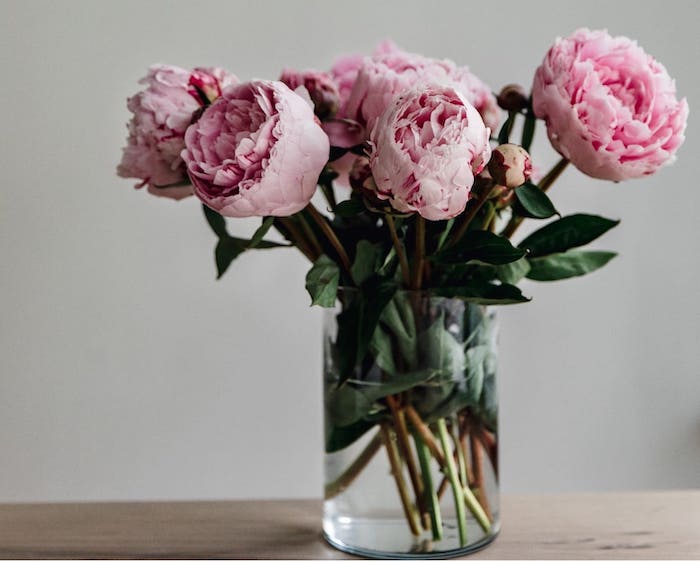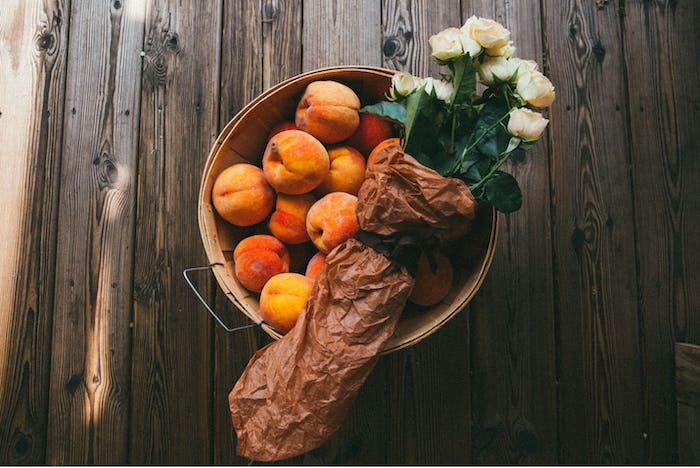8 Common Cut-Flower Care Mistakes to Avoid

There’s nothing nicer than receiving a lush bouquet of fresh flowers from someone you love. The thoughtful gesture will surely brighten your mood and the gift itself – the fresh flowers – will brighten your space. Now all you need to do is lengthen the blooms’ vase life. How do you do that? Well, steer clear of these mistakes.

Using blunt scissors and damaging the stem. When you’re ready to set your newly received bouquet into a vase, begin with a fresh cut on every stem. Trim each floral stem at a 45-degree angle using a sharp knife or gardening scissors. When you use a dull blade, there’s greater chance of damaging the floral stems’ capillaries that draw in water. Smashing, piercing, or damaging the stem can squeeze the capillaries closed preventing flowers from getting a good drink.
Cutting the stems too short. When setting the blooms the first time onto a vase, it’s best to cut the stems a little longer than they need to be because you’ll still be trimming the ends of the stems every few days. You can start with a 2-centimeter cut. Typically, a cut 1 to 2 inches up from the bottom is enough.

To avoid cutting the stems too short, consider the vase you’ll use. It should be about 2/3 the height of the entire arrangement to give proper support for the flowers. If the flower stems appear too leggy for your container, cut a little more length of no more than ½-inch at a time so you don’t accidentally cut it too short.
Overcrowding a vase. Blooms need enough “breathing room” so they don’t compete for light and water. While we agree that a lush and full vase ensemble looks really pretty, an overcrowded vase can negatively affect the shelf life of the entire arrangement. Best if you can pick the right size of vase for your bouquet. Or you can simply make two vase arrangements out of one bouquet. This way, you also get to spread beauty and cheer throughout your space.
Forgetting to remove leaves. We’re talking about fresh, healthy leaves and wilted leaves here. When arranging the flowers into a vase, remember to take out the leaves or foliage that will fall beneath the water line.
When leaves (and petals too) start to shed, don’t let these leaves and petals stay in the water. Clear those dead leaves and petals when you notice them.

Ensuring that there are no leaves in the water is especially important as submerged leaves can break down and cause bacteria to grow.
Displaying flowers near ripening fruits. Fruits that are about to ripen give off ethylene gas. This gaseous growth hormone also promotes the aging of cut flowers and even potted plants. Delphiniums near ripening fruits will shed their petals quickly while orchids will have discolored petals. Other effects of ethylene on fresh flowers include buds remaining closed and leaf yellowing.
To prolong the lifespan of your cut flowers, don’t let them sit beside fresh fruits particularly those that produce high levels of ethylene like bananas, tomatoes, apples, figs, avocados, mangoes, peaches and pears, and apricots.

Not replenishing the water. Never let those gorgeous blossoms sit in days-old water. Cut the stem and change the water entirely every two days to discourage bacteria growth. For longer vase life, keep the water warm. Take note, though, that some flowers like tulips thrive best in cold water.
Neglecting the flowers’ need for food. Just like any living being, fresh flowers also need food. So don’t let them go hungry. If your bouquet comes with a flower food packet, use it. If not, you can simply make one using sugar, lemon or lime juice, and bleach. On 1 quart lukewarm water, mix a teaspoon of sugar, a teaspoon of bleach, and two teaspoons of lemon or lime juice. Flower food solutions or preservatives can increase the longevity of flowers as they provide carbohydrates for cell metabolism, biocides for bacteria-fighting, and acidifiers for proper water uptake.

Placing your vase arrangement in a literal hot spot. You’ll want to avoid careless placement of vase arrangements. While you want to put the blooms in the brightest area in your home, make sure it doesn’t get direct sunlight or heat. Keep fresh flowers away from drafts and heat sources like stoves, heaters and airconditioning vents. The best place for vase arrangements is a cool place that gets some light.
